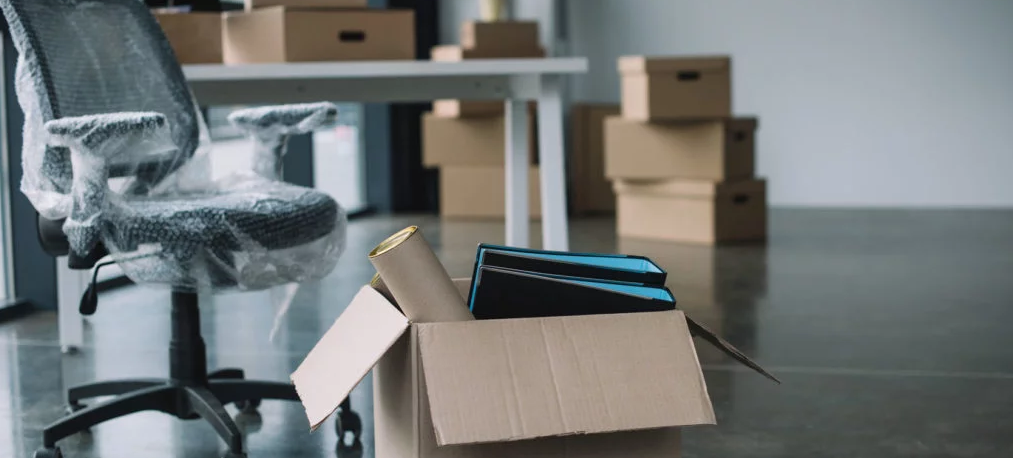Moving furniture can be a daunting task, especially when you’re concerned about potential damage. Whether you’re relocating to a new home or rearranging your furniture within the same space, it’s necessary to take the necessary precautions to protect your valuables.
By following some simple guidelines & using the right techniques, you can move furniture safely. Here are some tips to help you move furniture without damaging it:
Gather the Right Tools and Supplies
Before you start moving any furniture, it’s important to gather the necessary tools and supplies.
- Furniture sliders: These are small disks or pads that can be placed under furniture legs OR corners, allowing you to slide the furniture easily across the floor without damaging it.
- Furniture blankets or moving pads: These thick blankets provide cushioning & protection during the move. Wrap the furniture with these blankets to prevent scratches and absorb any impact.
- Moving straps: These straps help you lift and carry heavy furniture with proper support, reducing the risk of dropping OR damaging it.
- Measuring tape: Measure the furniture and doorways to ensure a proper fit and avoid getting stuck.
- Packing tape and plastic wrap: Use these to secure drawers, doors & loose parts to prevent them from opening or getting damaged during the move.
Prepare the Furniture
- Empty the furniture: Remove all items, such as books, decorations OR clothes from drawers, shelves and cabinets. Emptying the furniture will make it lighter and reduce the chances of breaking.
- Disassemble if necessary: If your furniture is modular or can be easily taken apart, consider disassembling it. This will make it easier to handle and transport. Remember to keep track of screws and other small parts by storing them in labeled bags.
- Protect fragile parts: Use bubble wrap to protect fragile components, such as glass panels or delicate ornaments. Secure them in place with plastic wrap to avoid any potential breakage.
Choose the Right Moving Technique
Now that your furniture is prepared, it’s time to move it safely. Follow these techniques to ensure an undamaged relocation:
- Lift with proper form: When lifting heavy furniture, remember to bend your knees, use your leg muscles & keep your back straight. Avoid twisting or jerking movements that can strain your back or cause the furniture to slip from your grasp.
- Use furniture sliders: Place furniture sliders under the legs of the furniture. This will reduce friction and allow you to slide the furniture smoothly without scratching the floor.
- Slide instead of dragging: Avoid dragging furniture across the floor, as it can cause scratches and damage. Instead, use the furniture sliders to slide the furniture gently.
- Secure loose parts: If there are loose parts that can’t be removed, such as doors or drawers, make sure to secure them with packing tape. This will prevent them from opening or getting damaged during the move.
- Use moving straps or dollies: For larger and heavier furniture, consider using moving straps or dollies to distribute the weight evenly & provide better control during the move. This will reduce the risk of dropping the furniture.
Protect Your Surroundings
While focusing on the furniture, don’t forget to protect your surroundings as well. Here’s what you can do:
- Clear the path: Remove any obstacles or tripping hazards along the path where you’ll be moving the furniture. This includes rugs, cables or any other items that may cause you to damage the furniture.
- Protect walls and door frames: Cover corners, edges & door frames with furniture blankets to prevent accidental bumps. You can secure them in place with tape or straps for added protection.
- Use cardboard or plywood: If you need to navigate the furniture down a staircase, consider placing cardboard or plywood on the steps to create a smooth surface. This will prevent the furniture from getting stuck & causing damage to the stairs.
- Enlist the help of others: Moving heavy furniture on your own increases the risk of damage. Ask friends or family members to assist you, ensuring that everyone is aware of the proper lifting and moving techniques.
Take Your Time and Be Mindful
- Moving furniture is not a race: it’s important to take your time and be mindful of each step. Rushing increases the chances of accidents and potential damage. Here are some additional tips to keep in mind:
- Communicate and plan: Before you start moving, discuss the plan with everyone involved. Assign specific roles & communicate clearly to ensure a coordinated effort.
- Move slowly and steadily: Avoid sudden movements or jerks when handling furniture. Move slowly and steadily to maintain control and minimize the risk of dropping or bumping the furniture against walls.
- Avoid overloading: Be mindful of the weight capacity of your furniture sliders, dollies OR moving straps. Overloading them can lead to accidents or damage to both the furniture & the equipment.
- Stay hydrated: Moving furniture can be physically demanding, so remember to stay hydrated and take short breaks when needed. Fatigue can increase the risk of accidents, so listen to your body and rest if necessary.
- Consider professional help: If you have valuable or delicate furniture that requires extra care, it might be worth hiring professional movers. They have the experience, equipment and expertise to ensure a safe move.
Moving furniture doesn’t have to be a stressful experience filled with worry about potential damage. By following these tips you can move your furniture safely and protect it from scratches, dents, or breakage. With careful attention and preparation, you can successfully move your furniture to its new location.




